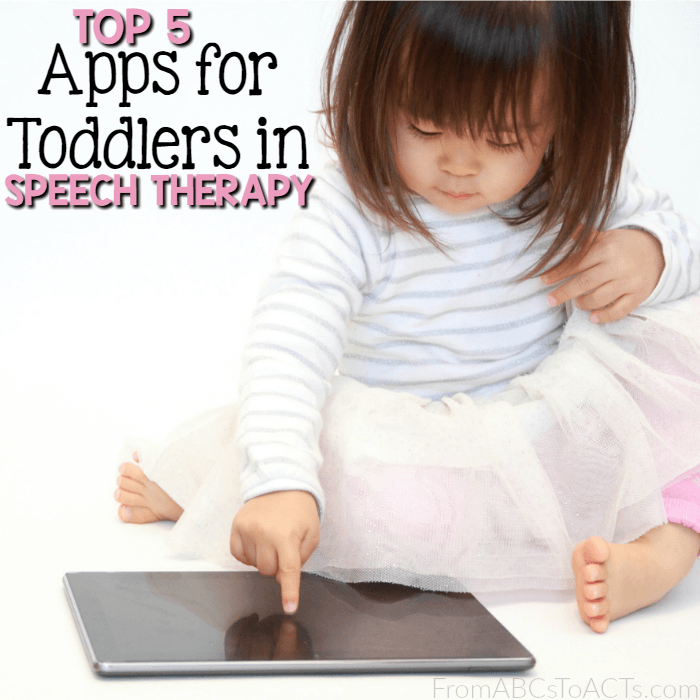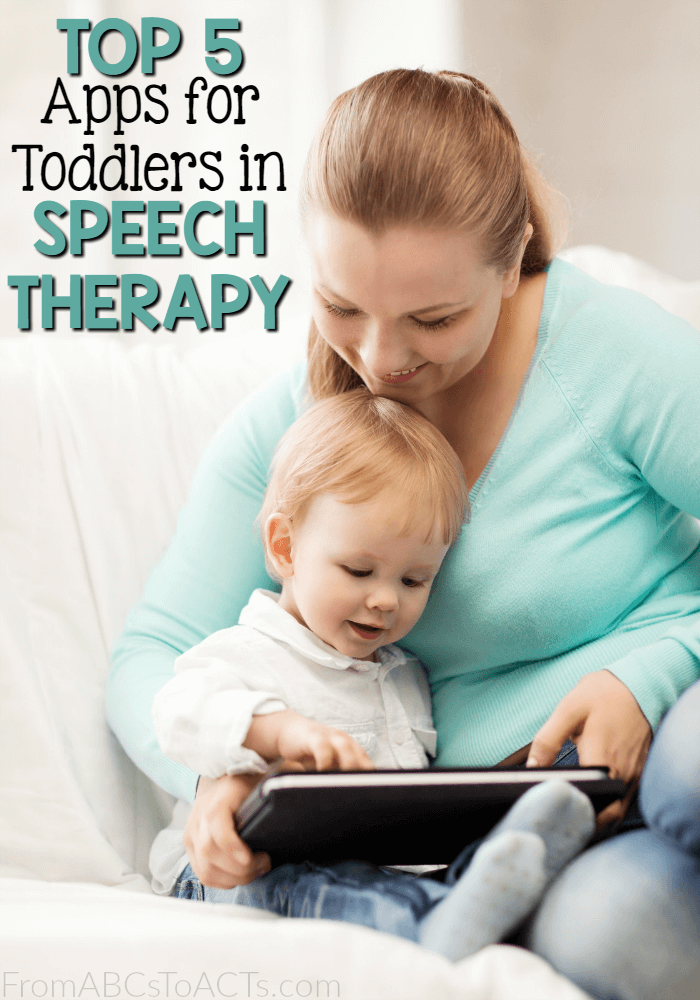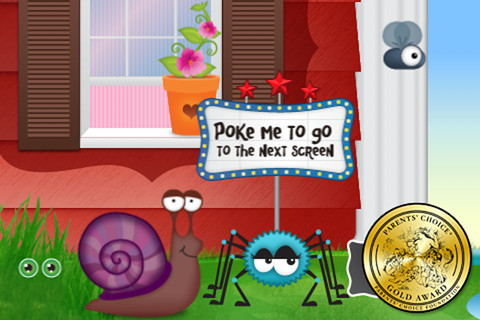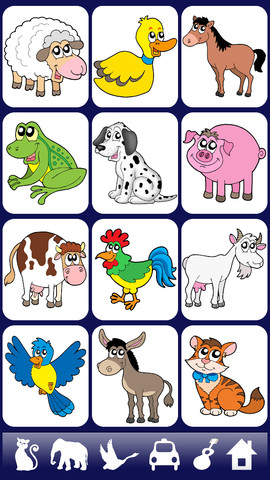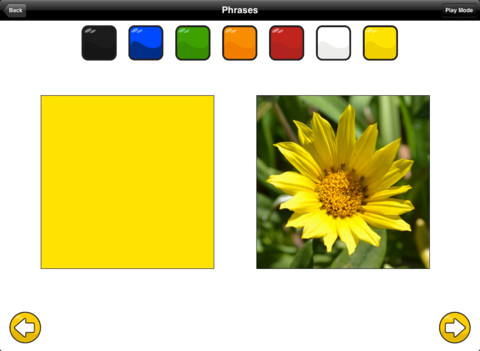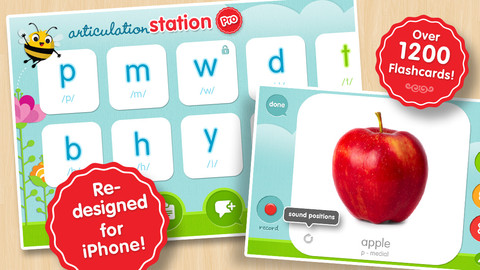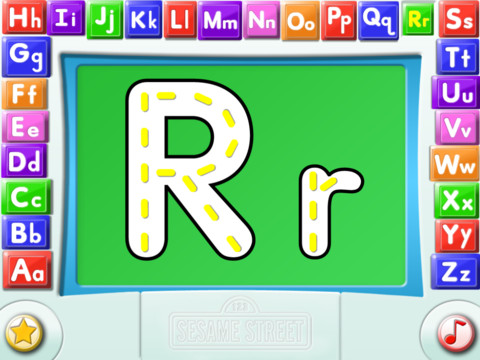This post may contain affiliate links. For more information, please see my full disclosure policy.
When our little guy first started speech therapy a few months ago, we were given a list of resources, that the speech and occupational therapists felt would help as we learned to navigate this new and winding road, that included things like books, local support groups, and even apps for toddlers and early preschoolers that were participating in speech therapy.
To be honest, it looked endless to me at the time. With tons of special needs resources included, both those that were available online and those that were local, I was completely overwhelmed.
To make it easier on both him and myself, I decided that, just like any other overwhelming task, the best way to approach it would be to break the entire thing down into separate sections and make it look a little less daunting.
So, over the past few months, we have been going through each item on this giant list and, much to my surprise, one of THE most helpful resources on it has been the list of iPad apps.
When we first started therapy, our little guy was completely non-verbal. He did not use ANY words at all and getting him to use hand signs was next to impossible. His only form on communication was to scream. Now, a few months into therapy, and after using some of the apps recommended by the speech therapist as well as a few more that we have found at home on an almost daily basis, he has 6-7 words that he will use consistently and will sign one or two things occasionally. A HUGE improvement over where we were a couple of months ago.
I think one of the reasons that these apps have worked so well is that, for a toddler, bright colors, characters and funny sounds are what keeps their attention. He is engaged and learning while having fun and what kid doesn’t love having a good time?!
So, if you and your child are just beginning your own journey into the world of speech therapy or you have a child on the spectrum that you feel might benefit, you might give these iPhone and iPad apps for toddlers and early preschoolers in speech therapy a try. They’ve worked wonders for us!
Itsy Bitsy Spider (Duck Duck Moose Education)
In the Itsy Bitsy Spider app, bright and colorful photos engage your child in story time while teaching them cause and effect, turn taking, identification, and counting to 10.
We like to point out different objects and characters that we see throughout the story and try to name them.
Sound Touch (SoundTouch)
With Sound Touch, your child can tap on different animals to hear the sounds that they make. We love using this to practice making our own animals sounds after hearing them on the app.
SpeakColors (RWH Technology)
SpeakColors has quickly become one of our favorites in terms of working on speech. The app encourages your child to imitate and use simple sentences using colors as descriptive words and pairing them with photos of objects.
We start by practicing each of the colors and then listening to and imitating the name of the object that the app gives. This has been great for him as he listens very intently to the words that the app uses before trying to imitate the sounds that he heard on his own.
Articulation Station (Little Bee Speech)
There are so many things to love about Articulation Station!
For starters, they have tons of flashcards that are available to you within the app so you won’t waste time or ink printing them all off, they’re all full of bright and colorful photos that will keep your child engaged and learning, and they even allow you to customize your own word sets!
The best part though? The app allows you to record your child’s voice and use playback so that they can hear themselves talk. This was so much fun for our little guy that it actually got him talking more and trying out new sounds!
Elmo Loves ABC’s (Sesame Street)
If your little one is a fan of Elmo, they’re going to absolutely adore Elmo Loves ABC’s!
Along with some of your favorite Sesame Street friends, your child will work on the upper and lowercase letters of the alphabet as well letter sounds, which will make articulating their words a little easier for them as they practice and gain confidence in their newfound skills.
